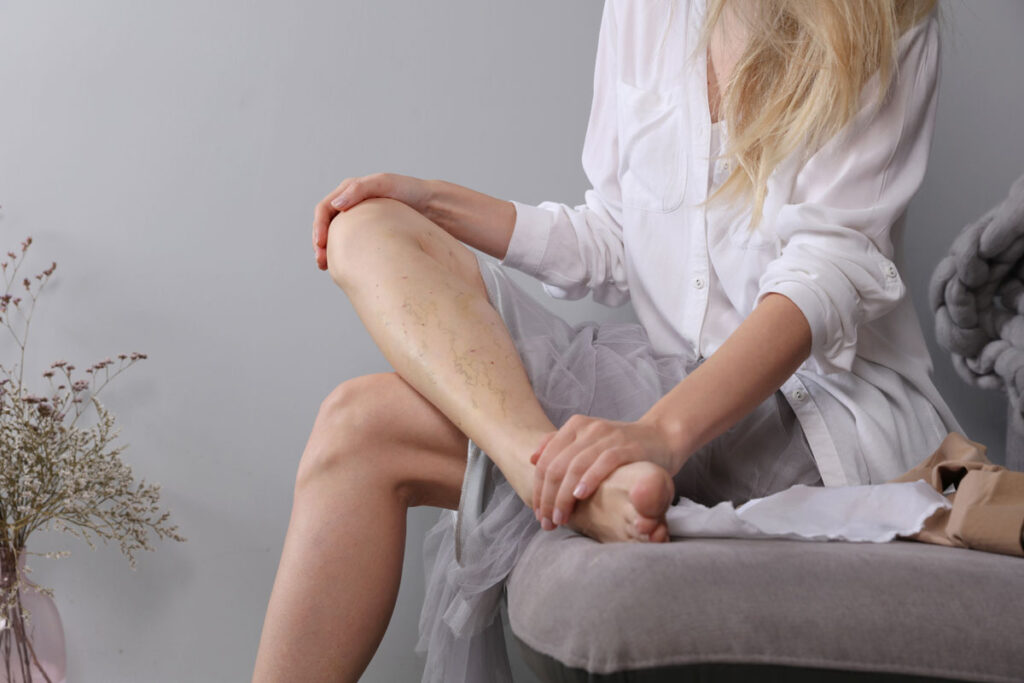Spider veins are small, damaged veins that appear on the skin’s surface. These web-like lines, often appearing in red, blue, or purple, most frequently occur on the legs and face. While they usually do not cause medical issues, their appearance can prompt cosmetic concerns. Medical specialists now offer a range of minimally invasive treatments that effectively address spider veins with minimal disruption to daily life.
Spider Vein Basics
Spider veins develop from dilated or broken blood vessels just below the skin’s surface. Unlike varicose veins, they are smaller, flatter, and do not bulge out. Their branching shapes, which resemble a spider’s web or tree branches, give them their name. Heredity, hormonal shifts, sun exposure, and long periods of standing or sitting can hinder circulation, which also contributes to their development.
Treatment Options
You can choose from several professional procedures to address spider veins. Finding the best option often depends on the size, number, and location of the involved veins. Consulting with a specialist can help you determine the most suitable course of action for your specific needs. Some frequently recommended treatments include:
- Sclerotherapy: In this procedure, the clinician injects a specialized solution directly into the spider vein, leading the vessel to scar, collapse, and gradually disappear.
- Laser Treatment: Specialists use focused beams of light to target and heat the veins, destroying them without harming surrounding skin.
- Endovenous Laser Therapy (EVLT): For larger feeder veins, a doctor may use a laser fiber to close the problematic vein from the inside.
Minimally Invasive Care
Minimally invasive vein care provides reliable outcomes with little to no recovery time. Clinicians perform these techniques in office-based settings, focusing on your comfort and safety. This approach minimizes discomfort and allows patients to resume their daily activities swiftly.
Sclerotherapy in Detail
Specialists frequently use sclerotherapy to treat spider veins on the legs. During this procedure, the provider uses a fine needle to inject a sclerosing solution into targeted veins. The solution irritates the vein’s lining and causes it to close, rerouting blood into healthier vessels.
Laser Skin Therapies
Laser treatments can be effective for smaller veins, particularly those located on the face and ankles. As the laser energy passes through the skin, blood within the vein absorbs the heat, causing the vessel to collapse and seal off. You may need multiple sessions to achieve the expected cosmetic result as your body gradually eliminates the treated veins.
Recovery and Results
You can usually return to normal activities right after a minimally invasive vein procedure. Providers may recommend briefly postponing strenuous exercise. In some cases, you may need to wear compression stockings for several days or weeks to encourage healing and achieve optimal results. Over weeks or months, treated veins fade as your body gradually absorbs them, revealing clearer skin.
Take Control of Spider Veins
Today’s minimally invasive solutions make addressing spider veins straightforward and accessible. These procedures emphasize both safety and effectiveness while allowing you to maintain your usual routines. To explore options for spider vein treatment, consult a qualified specialist. Taking this step will help you find the most appropriate, individual plan to support your well-being.



